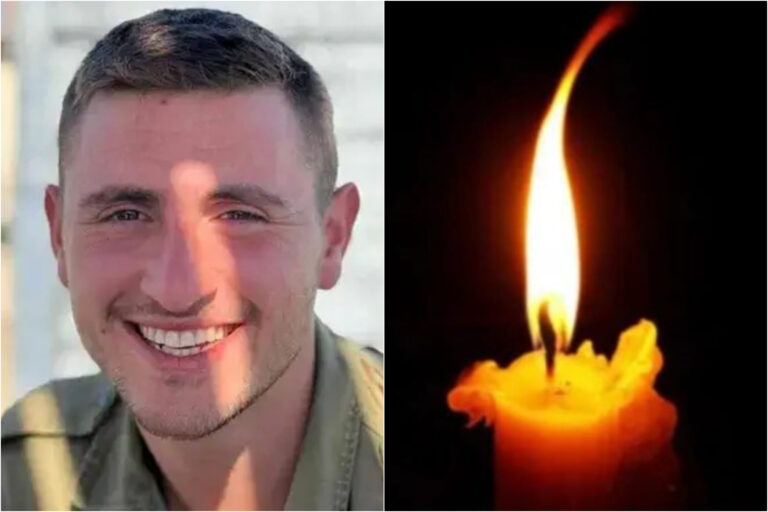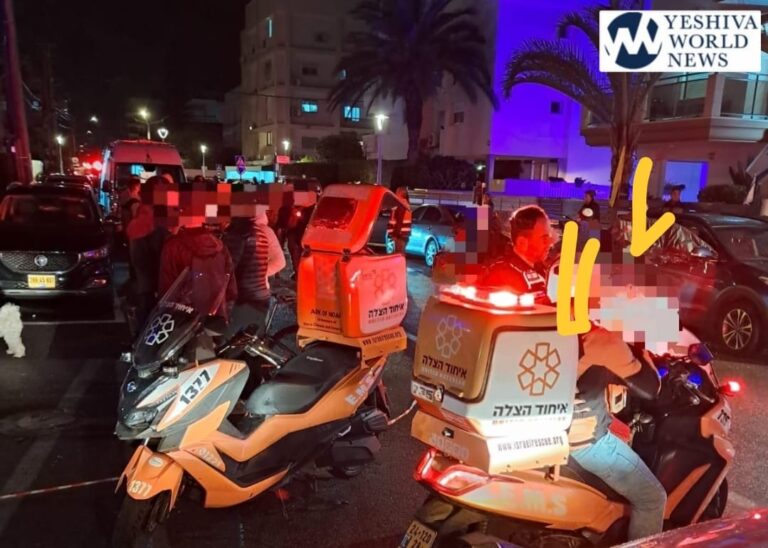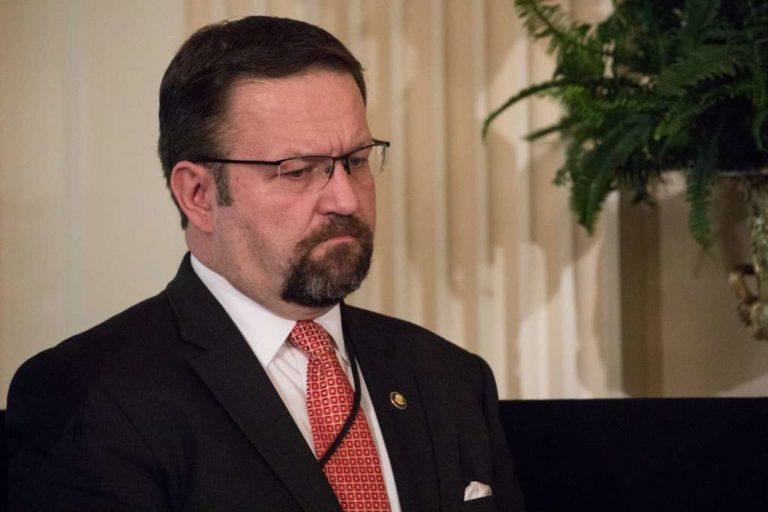 The Commander of the IDF Military Colleges Major-General Yossi Baidatz provided a strategic overview last week to a group of retired senior officers from the US Armed Forces. Their week-long visit to Israel was coordinated by the Jewish Institute for National Security Affairs (JINSA). The delegation of 15 officers who had formerly served in the US Armed Forces’ senior command structures toured various military bases and the IDF’s different sectors of operations.
The Commander of the IDF Military Colleges Major-General Yossi Baidatz provided a strategic overview last week to a group of retired senior officers from the US Armed Forces. Their week-long visit to Israel was coordinated by the Jewish Institute for National Security Affairs (JINSA). The delegation of 15 officers who had formerly served in the US Armed Forces’ senior command structures toured various military bases and the IDF’s different sectors of operations.
Maj.-Gen. Baidatz, who previously served as Head of the IDF’s Research Division, told the delegation that the regional strategic reality has changed drastically in the State of Israel’s short history. “In the 65 years [since independence] we fought against [other] states for 25 years, but in the past 40 years we have fought against forces that are not states,” he said. “From my point of view, the main thing is not just to learn from history and the past but also to learn new tools to adapt to and deal with the new reality,” Baidatz added.
The Commander of the Military Colleges explained how the Israeli approach to national defense has been transformed to adapt to the extant regional threats. “Today, [the approach] contains four pillars: deterrence, advanced warning, decisiveness and defense,” he said.
Baidatz referred to the effect of regional shifts on Israel’s strategic reality . “Israel will not be the center of these changes, but they will ultimately impact on us too,” he said, adding that “the chance of war on the near horizon is low, but there are a number of scenarios in which Israel could find itself in a confrontation.”
In a general overview of the various sectors of operations along Israel’s borders, Baidatz referred to the troubling movements of global Jihadist forces. “We are seeing the migration of [global Jihadist forces] from Iraq, Afghanistan and Pakistan into our region. These elements can also be seen in Syria, Gaza and the Sinai Peninsula,” he said.
The senior officer noted that terror groups in the region have capitalized on the instability by augmenting their arsenals through the acquisition of more powerful weapons. “It is possible to see sophisticated weapons in the hands of states such as Syria and Iran, and at the same time it is possible to find such weapons in the hands of non-state entities such as the Hizbullah and Hamas terror organizations,” he said.
(YWN – Israel Desk, Jerusalem)










